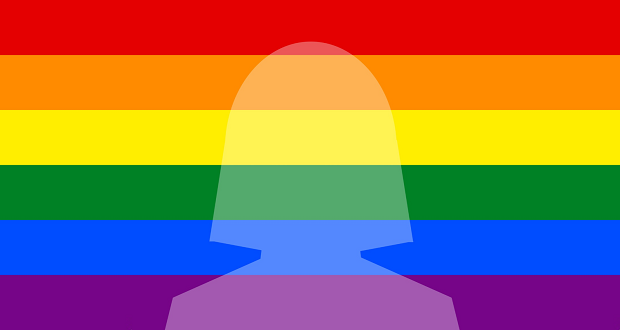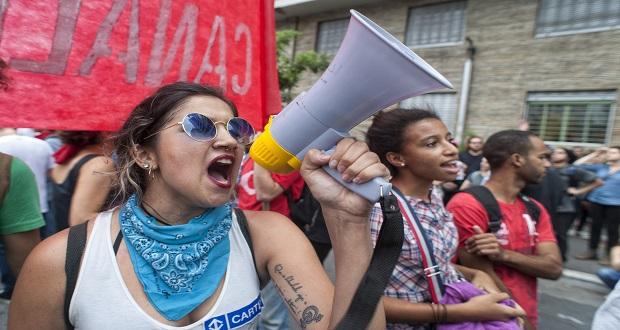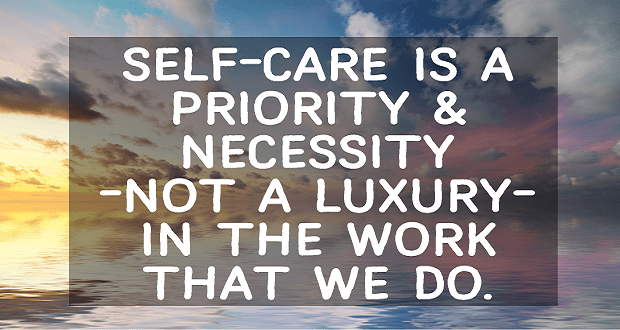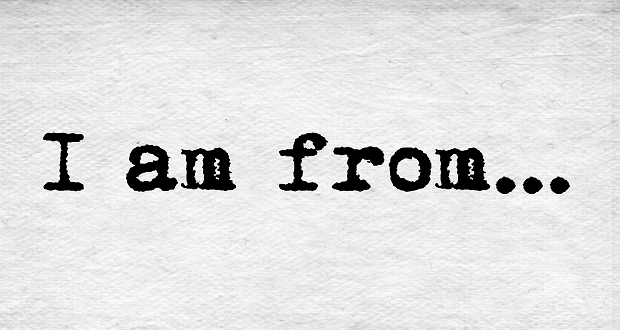
Theoretical frameworks for LGBT (Lesbian, Gay, Bisexual, Transgender) identity development date back to the early 70’s. The models relate to how one resolves the internal conflict experienced with coming out. Based on these studies, which were with small sample sizes and most often conducted with men, several theories emerged that may use different language but share common attributes. However many scholars believe that that LGBT identity development is too complex for a “stage” model and may be better described as a more fluid and complex process that is influenced by other identity factors such as race, ethnicity, socio-economic status, etc. Furthermore, identity development for bi-sexual and transgendered individuals is thought to differ from gay and lesbian identity development. So with those cautions and caveats, we offer two different models of identity development, one that represents a “stage” model for lesbian and gay identity and another that exemplifies a more fluid way of understanding lesbian, gay and bisexual (LGB) identity development.
Vivienne Cass is credited with a stage model comprised of 6 stages.
- Identity Confusion: Denial of feelings.
- Identity Comparison: Maybe I am gay?
- Identity Tolerance: Have an experience with someone or something that breaks through the denial phase (i.e. “I accept the possibility that I might be gay”.).
- Identity Acceptance: Come out to some people who one feels they can trust.
- Identity Pride: Feel pride (maybe even arrogance) toward new identity and rage toward majority culture. May isolate from mainstream culture.
- Identity Synthesis: More at peace with self. No longer feel polarized (us and them). There is an acceptance and integration of new identity. Typically is open with sexual orientation broadly.
Anthony R. D’Augelli is credited with offering a process oriented theory that suggests there are not specific stages but rather six interactive processes involved with LGB identity development.
- Exiting heterosexual identity: Recognition of homosexuality and telling others one is lesbian, gay or bi-sexual.
- Developing a personal LGB identity status: This is a process of developing a sense of personal stability that can effectively summarize ones thoughts feelings and desires while challenging internalized myths about what it means to be LGB.
- Developing LGB social identity: This process involves creating a support network of people who know and accept one’s sexual orientation.
- Becoming LGB offspring: The process of coming out to parents and thus needing to redefine this relationship.
- Developing LGB intimacy status: This process is more complex than developing an intimate heterosexual relationship because of the lack of “cultural scripts” of the behavioral interpretations of what such a relationship looks like therefore leading to ambiguity and uncertainty.
- Entering LGB community: Making a commitment to social and political action. Some never become active in this way and others have done so at great personal risk.
With attitudes about the LGBT community rapidly changing in the US and globally, some of the pain and anguish associated with personally identifying as LGBT may begin to lessen. Many of the identity models were developed in the 70’s 80’s and 90’s when public sentiment about LGBT was still very negative. Let us hope with new and more open mindsets, identity formation will be somewhat easier.


















